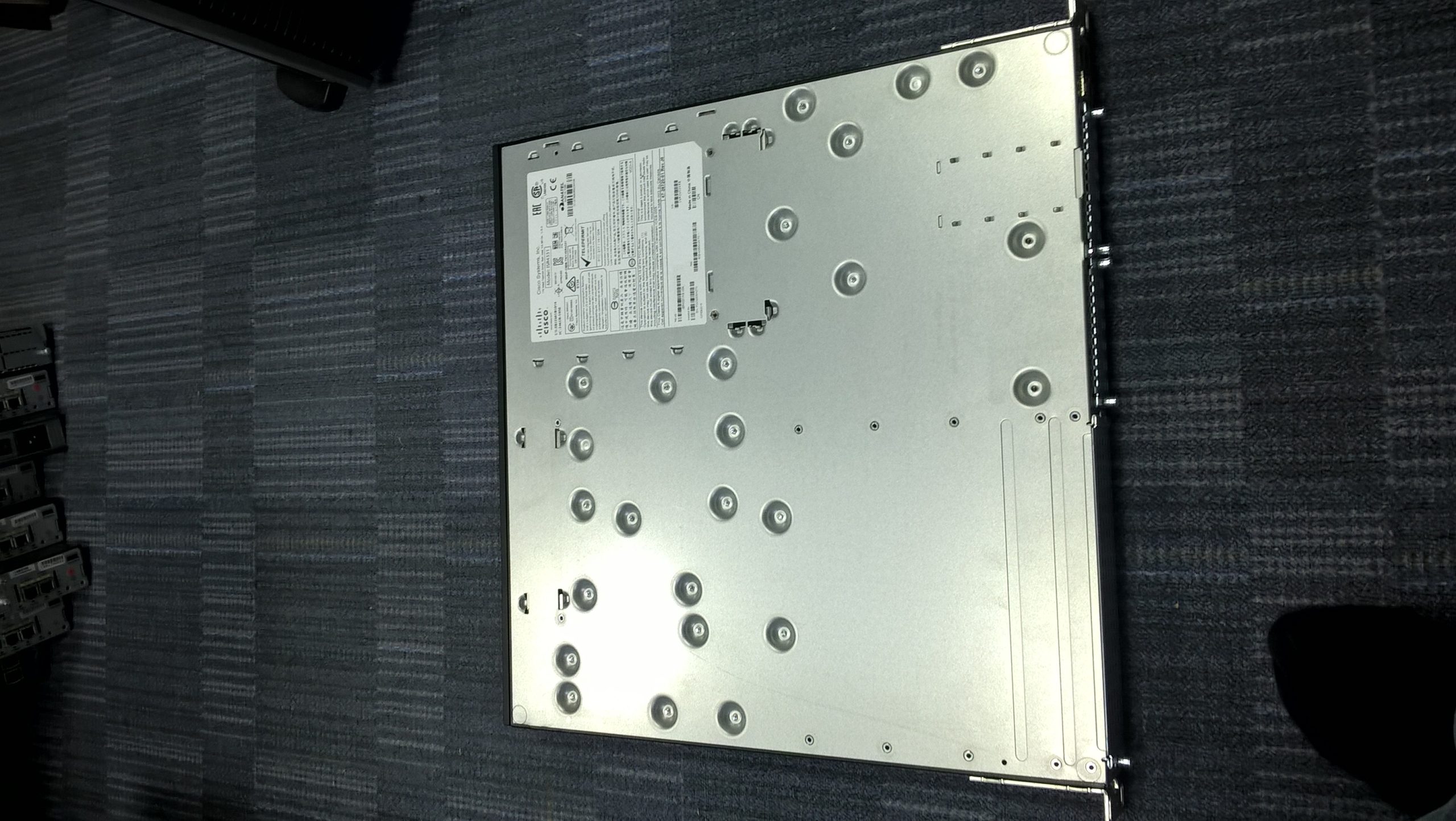Recovering Memories: How to Safeguard Your Photos After a Virus Attack
In today’s digital age, accidentally falling victim to a computer virus can happen to anyone. Recently, my husband encountered a nasty malware incident after clicking a dubious link while browsing online. The aftermath left our computer in chaos, making it difficult to get back up and running smoothly. To add to the stress, we received a call from someone pretending to be a Microsoft representative, trying to fish for sensitive information. Thankfully, my husband sensed something was off and hung up before any damage could occur.
As someone who has put off organizing a significant collection of photographs, this incident has raised concerns over the safety of those cherished images stored on our device. After working to revert our system to a previous restore point—one from about a week prior—I’m eager to transfer these photos to a clean USB drive. However, I find myself wondering: what are the risks involved in saving these images, and can they be contaminated by the virus?
Despite running Windows Defender, which did not reveal any immediate threats, I remain cautious about the potential for lingering malware. We’ve decided on a factory reset for the computer to ensure any hidden threats are eliminated, but my priority now is to securely backup these invaluable memories before proceeding.
Here are a few lessons and considerations to keep in mind when facing a similar situation:
Assess and Verify
-
Backup Your Data: Before taking any further action, ensure that you back up your photos. If you’re using a USB drive, make sure it’s formatted and virus-free before transferring your images.
-
Scan for Threats: Run a thorough antivirus scan. While Windows Defender is a good first step, consider utilizing additional tools specifically designed for malware detection.
Evaluate the Safety of Your Files
- Files Can Be Safe: Generally, photos (JPEG, PNG, etc.) aren’t executable files and are less likely to carry malware. However, if the virus compromised the file system, there might be a slim chance of corruption.
Prepare for a Clean Slate
-
Plan for a Factory Reset: A factory reset can help restore your computer’s health, but it will erase all data. Hence, securing your important files is crucial beforehand.
-
Stay Informed: Learn to recognize phishing scams and other tactics that malicious actors use. This will help you avoid future risks.
In conclusion, while the possibility of your photos carrying a virus is low, it
Share this content:




Helpful Tips for Safely Backing Up Photos After a Virus Incident
It’s great to see you’re taking proactive steps to safeguard your cherished photos. When backing up files after a malware or virus incident, here are some additional recommendations:
If you’re concerned about potential system compromises, it might be prudent to perform a thorough malware removal procedure or seek